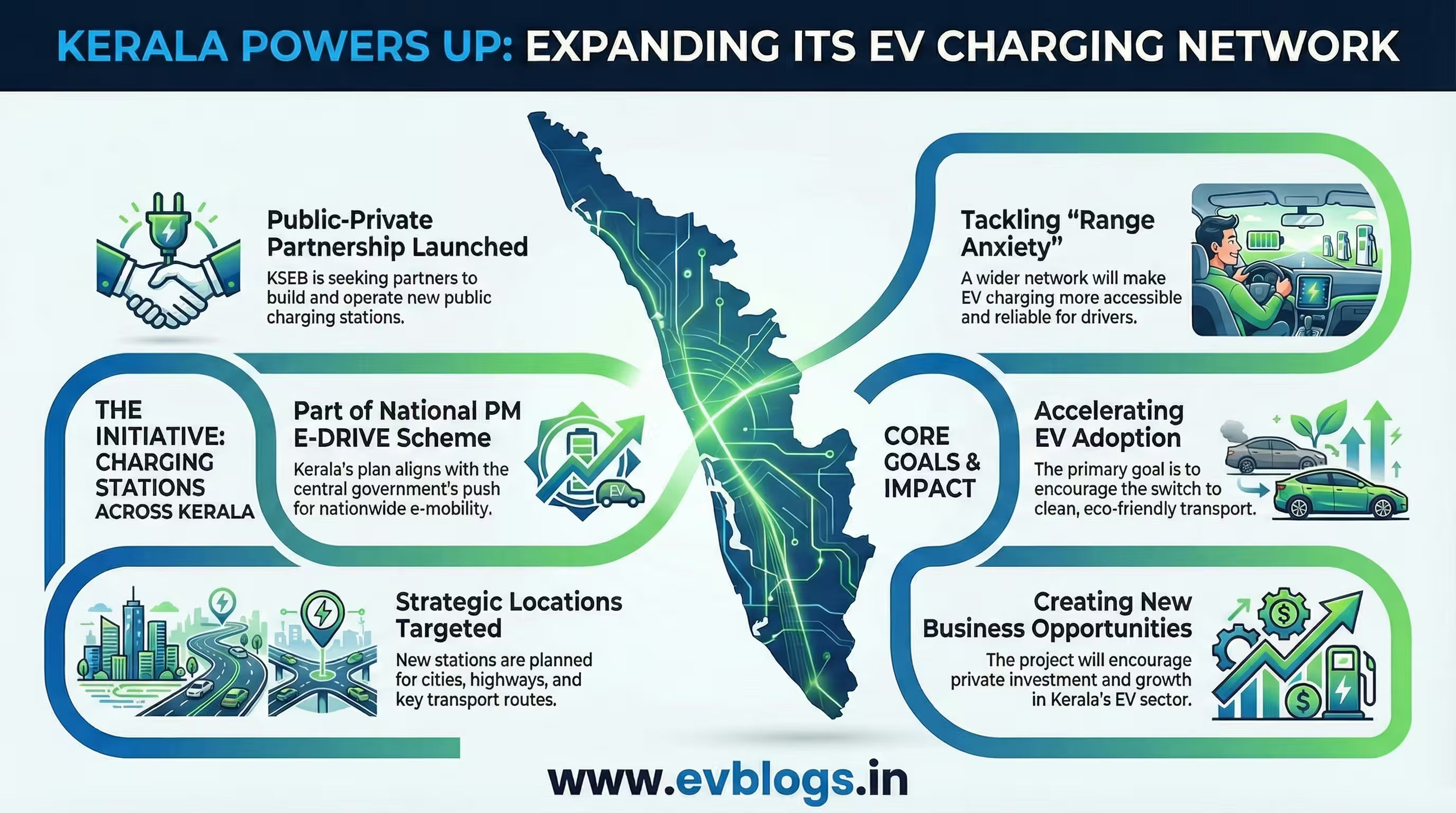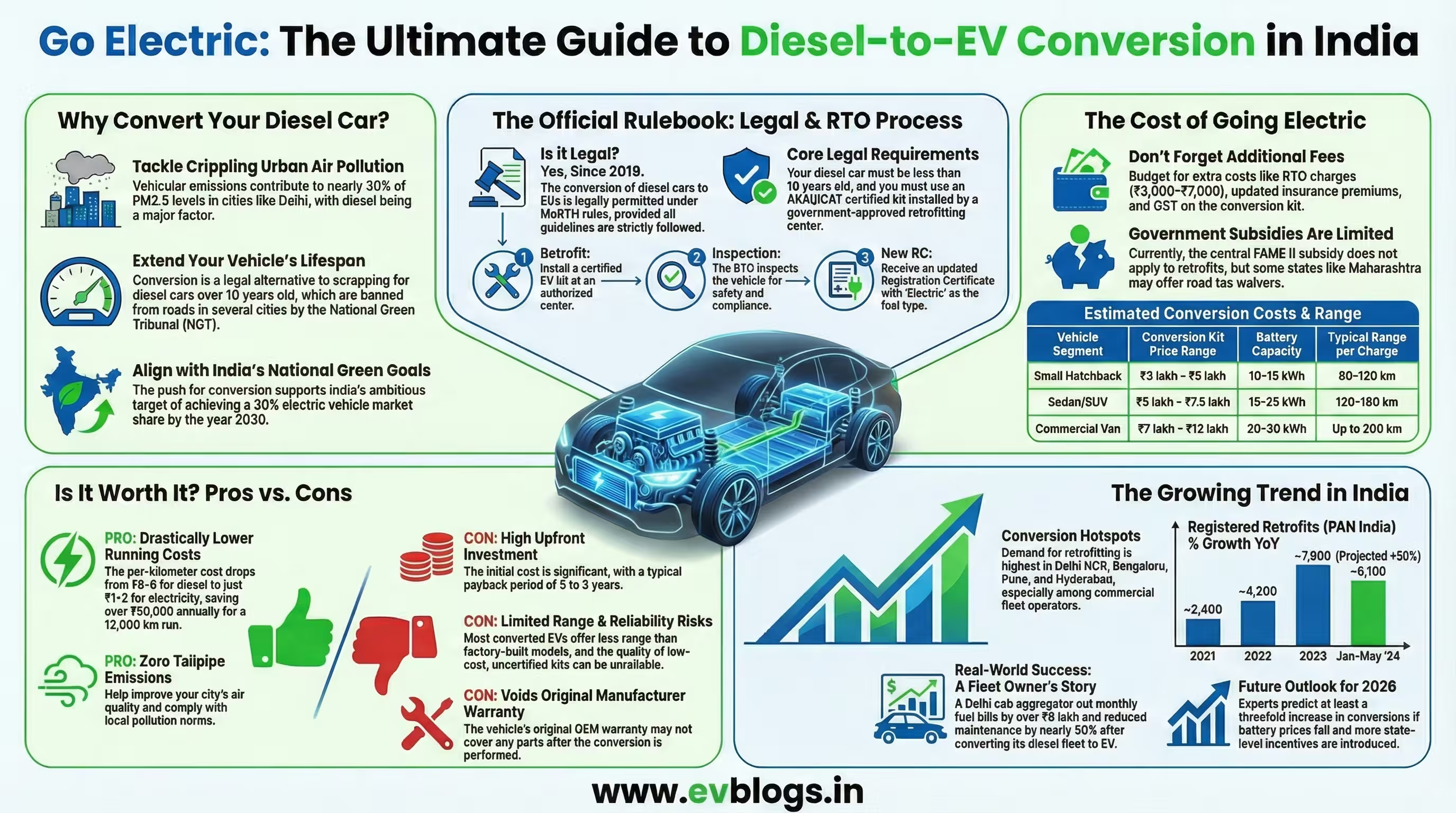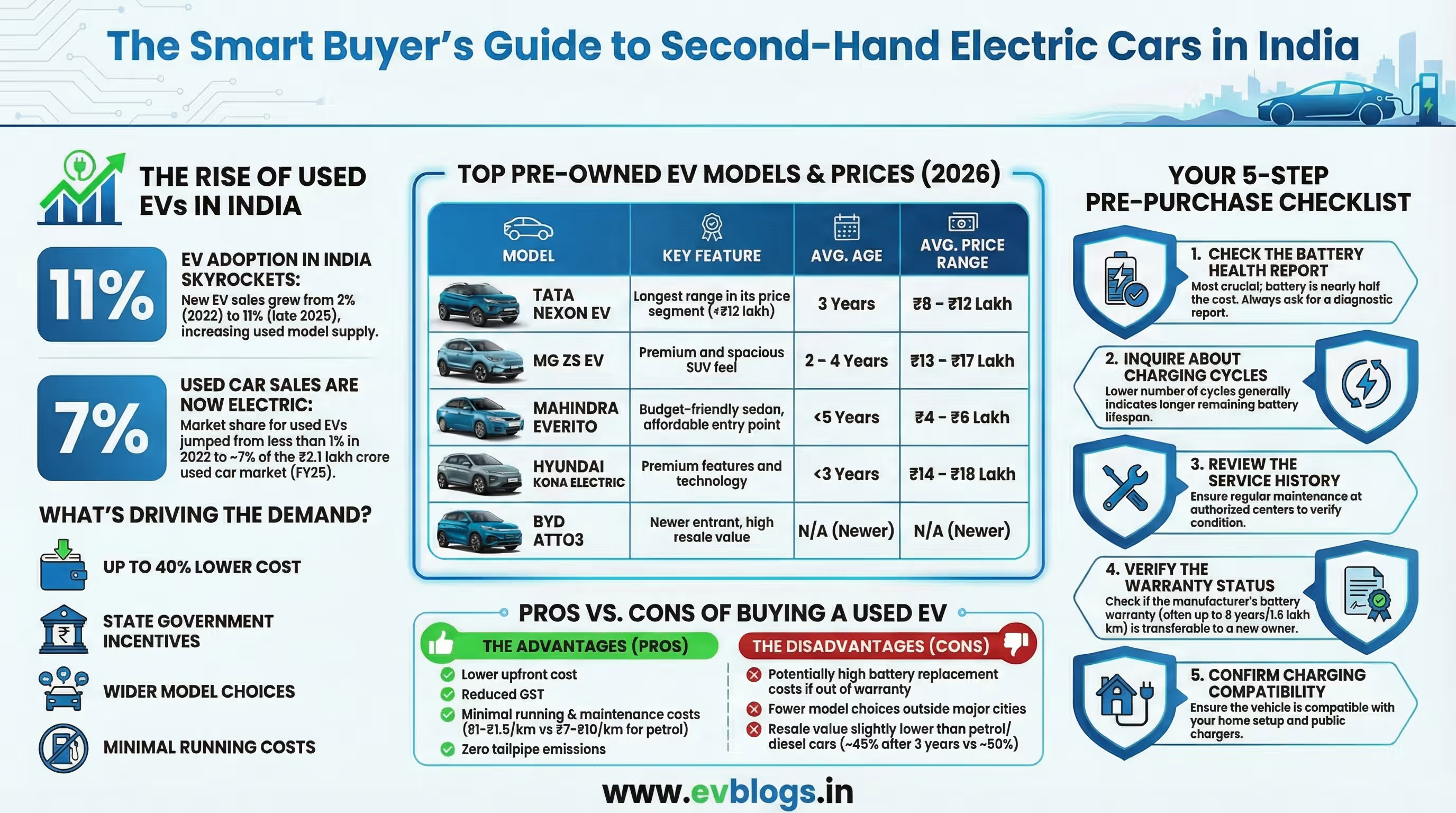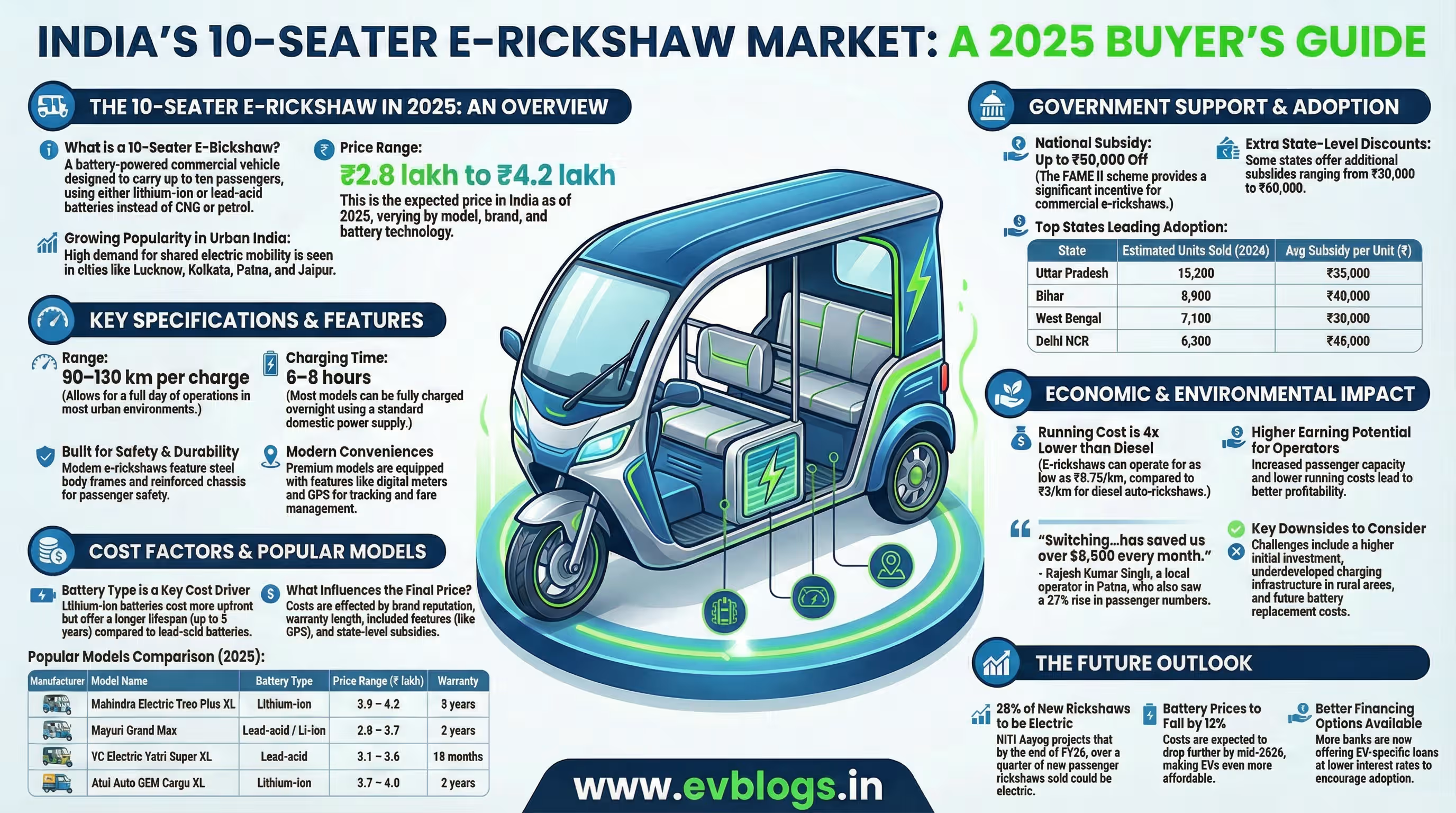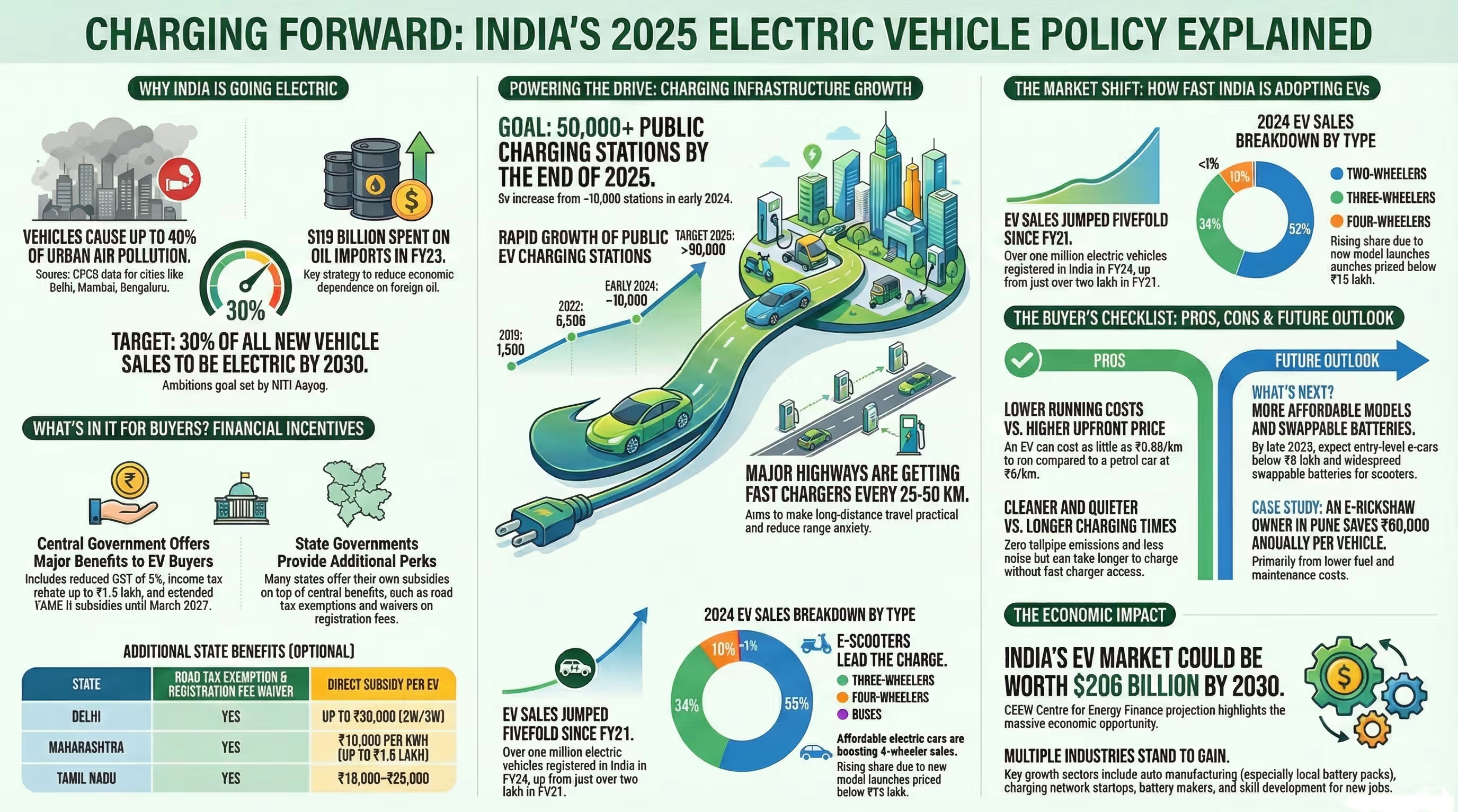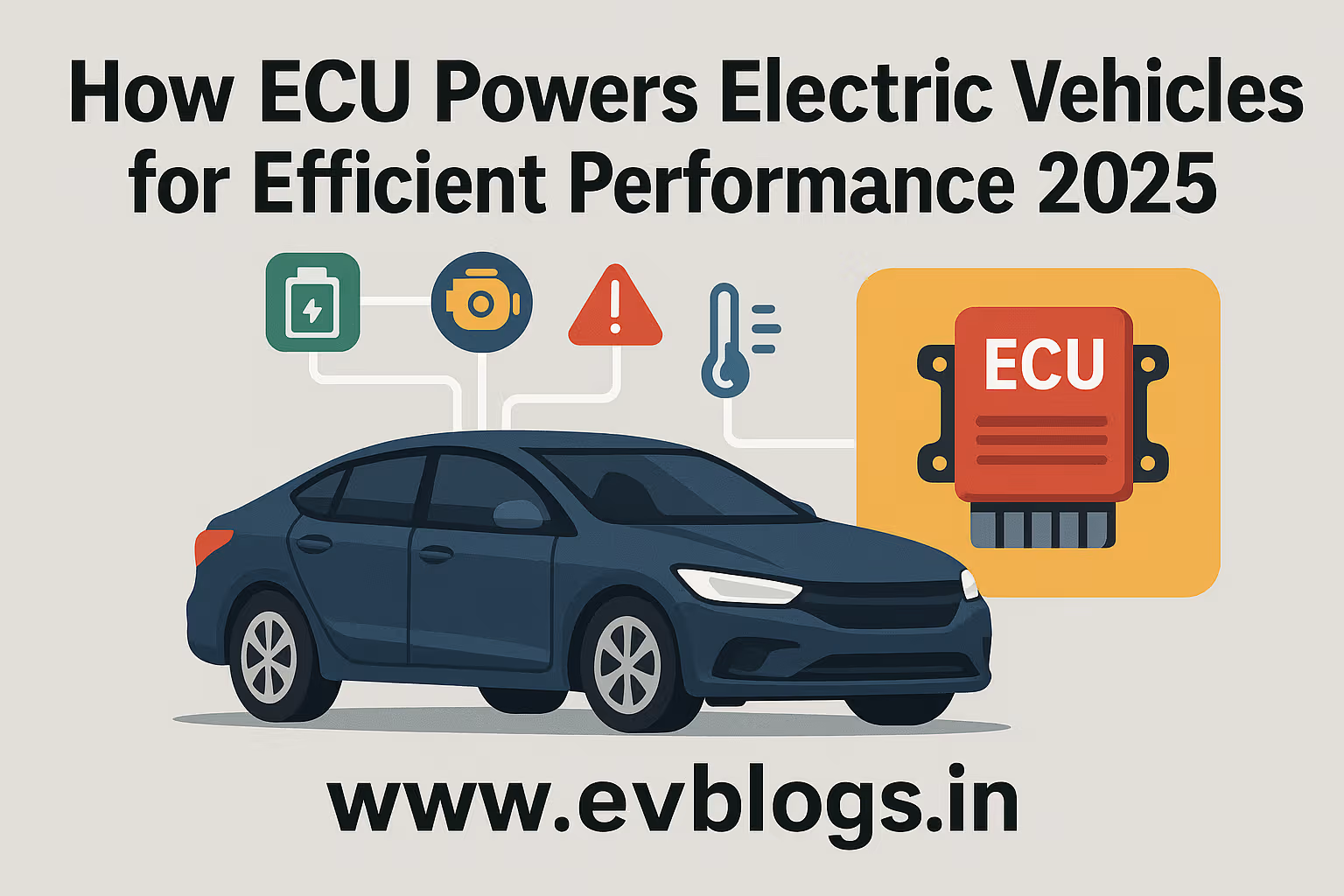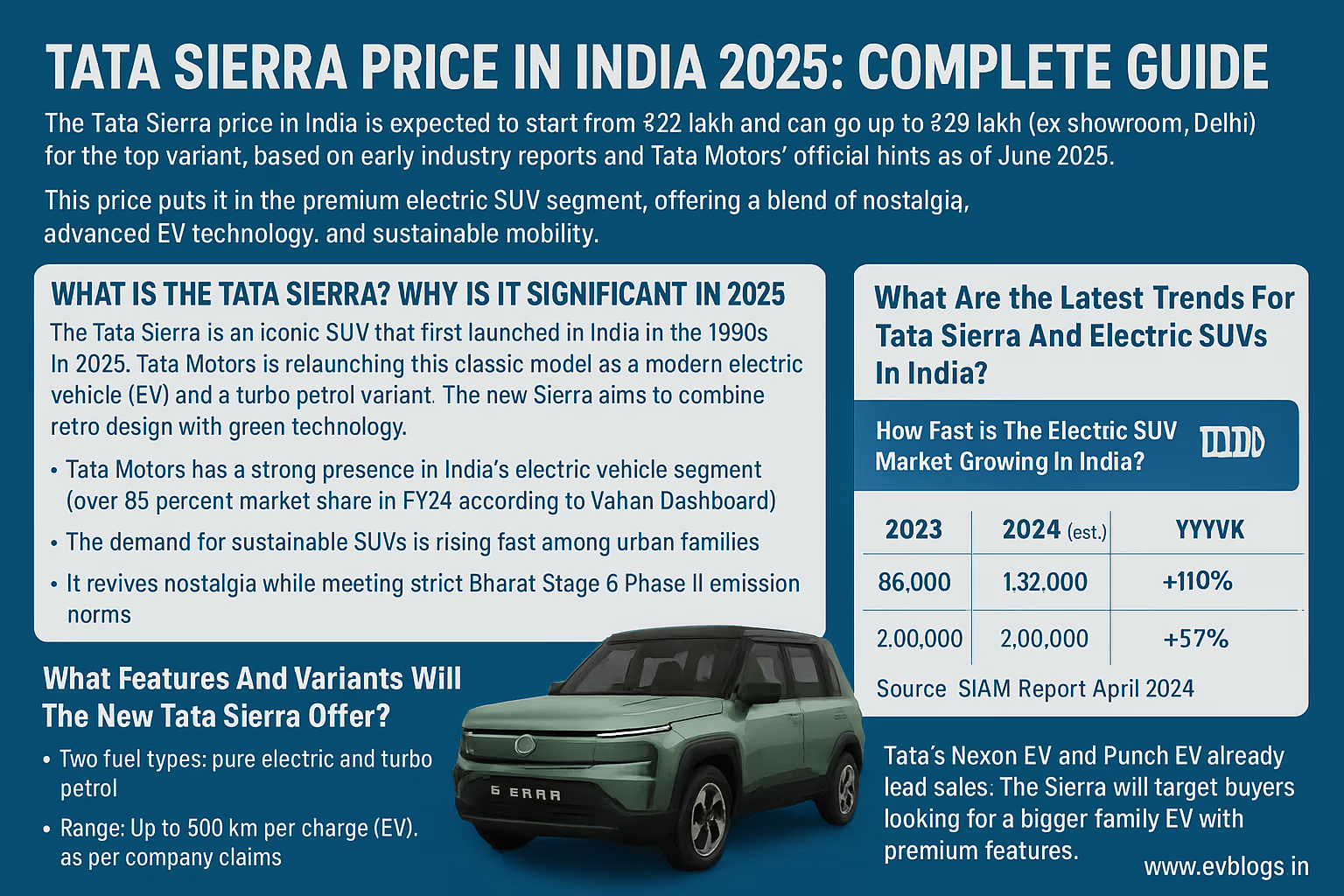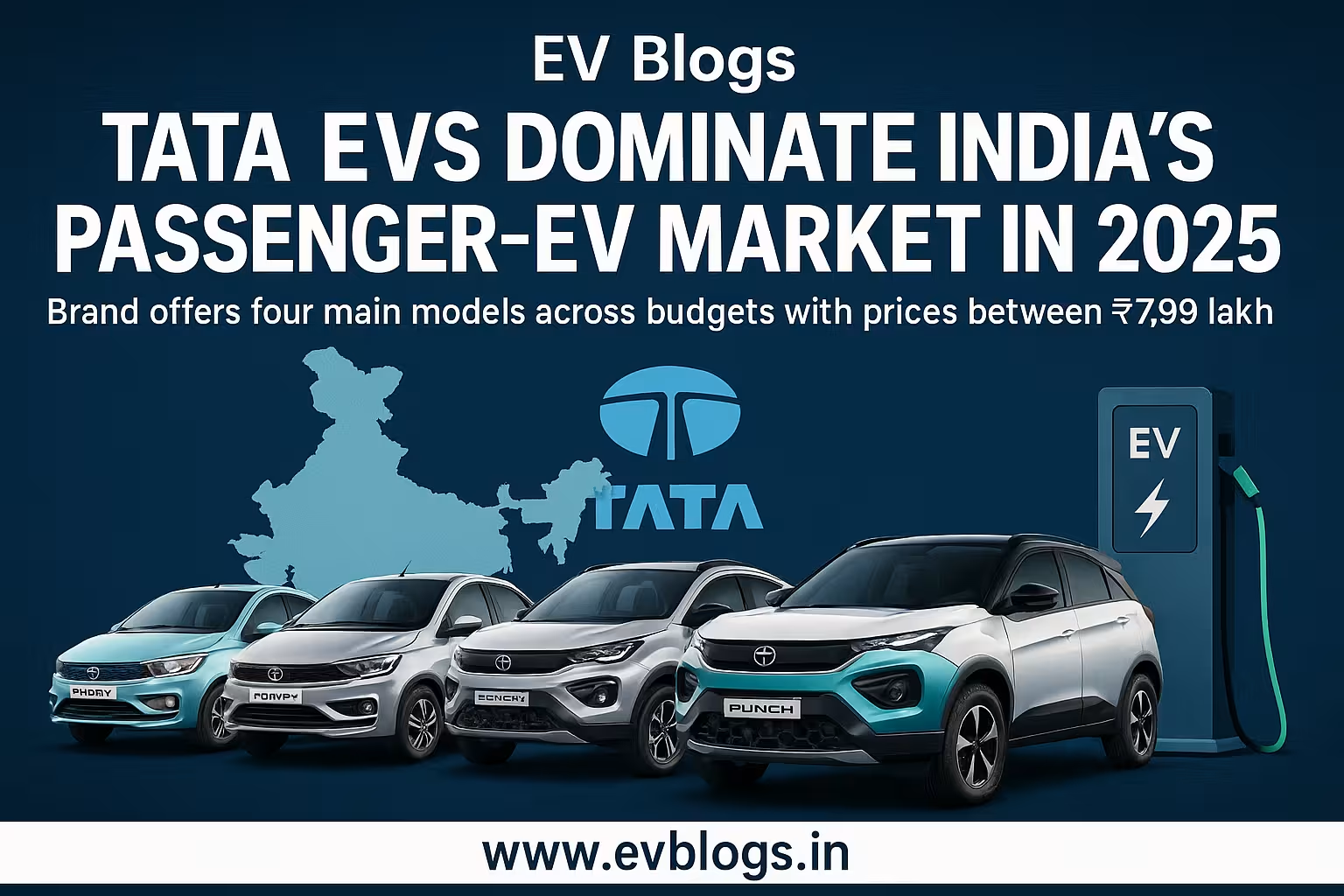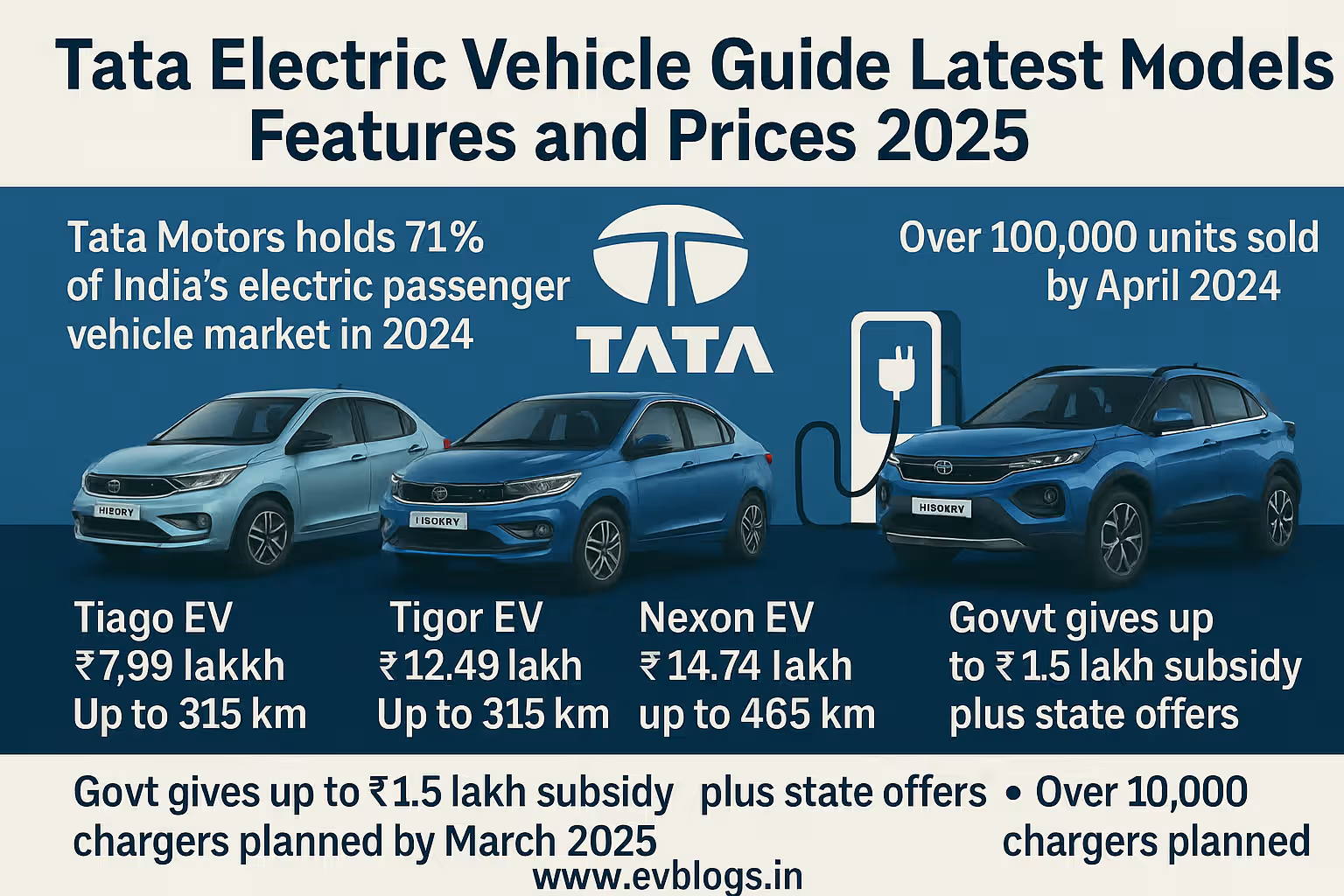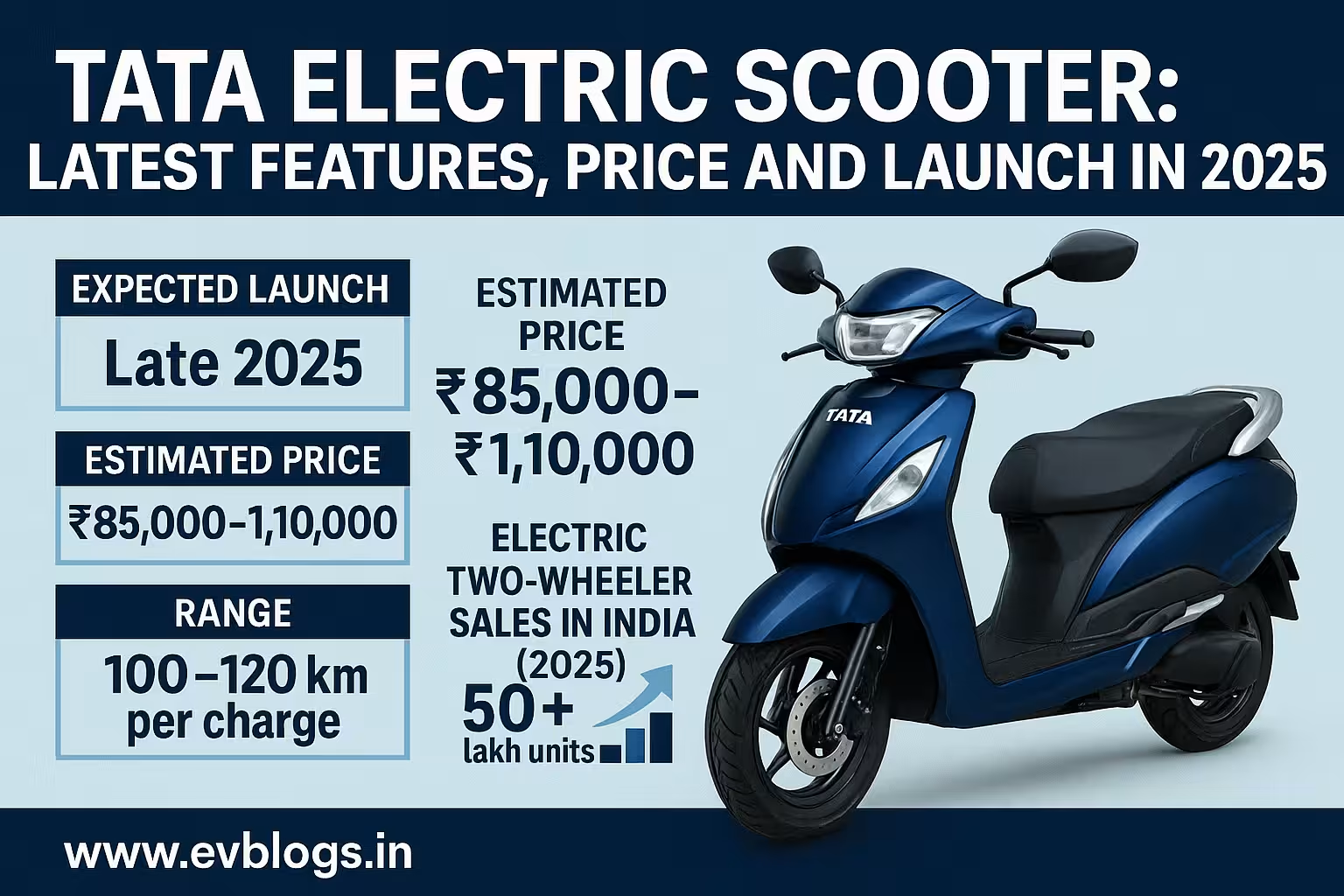Hedhvick Hirav
Hedhvick Hirav is a dedicated EV researcher and editor with over 4 years of experience in India’s growing electric vehicle ecosystem. Their contributions have been recognized in leading sustainability publications and automotive journals.
Summarize & analyze this article with
Choose an AI assistant and open this article directly:
Tip: if the AI doesn’t fetch the page automatically, paste the article URL manually.
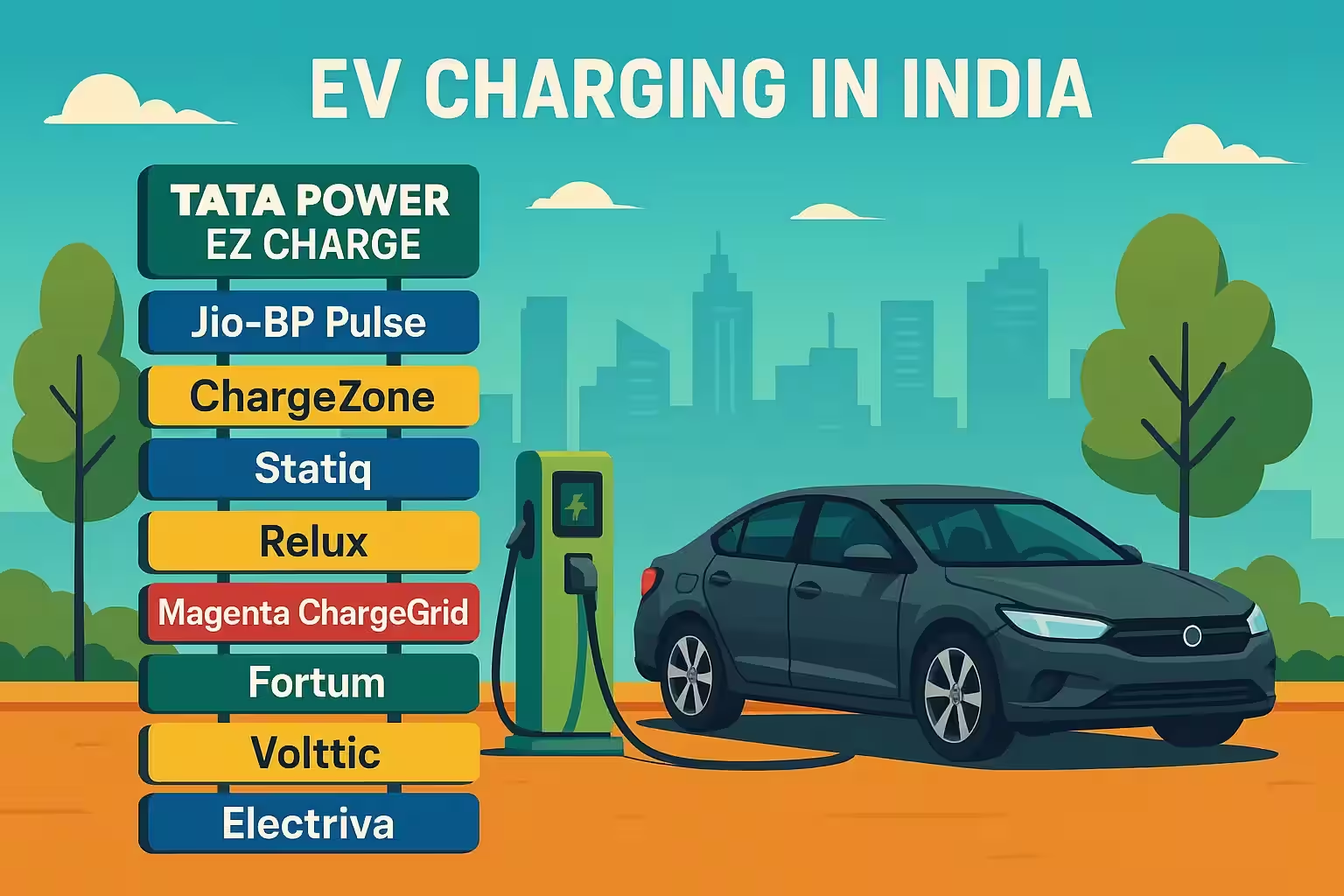
What Are India’s Leading EV Charging Networks in 2025?
If you are planning to buy an electric vehicle (EV) in India or already own one, you’re probably wondering about the best and most reliable EV charging networks in 2025. The Indian EV ecosystem has seen rapid growth, with over 2.3 million EVs registered by early 2025 and more than 25,000 public charging stations across the country (Ministry of Power, India). Your experience as an EV user will depend heavily on the availability, speed, and convenience of these charging networks.
In this in-depth guide, you’ll discover:
- The top EV charging service providers in India, their coverage, and USPs.
- Pricing, app experience, and unique features.
- Government policies and their impact on your EV charging options.
- User experiences, expert insights, and practical tips for Indian EV owners.
This article will help you make an informed, confident decision about which charging network fits your needs, whether you’re in a metro city or a tier-2 town.
Did You Know? India’s EV charging infrastructure grew at a CAGR of over 40% between 2022 and 2025, making it one of the fastest-growing EV markets in Asia!
Which Are the Top 10 EV Charging Networks in India (2025)?
As of 2025, India’s EV charging landscape is dominated by a mix of established energy giants and innovative startups. Here’s a detailed comparison to help you easily scan and choose the right network.
| Network Name | Total Chargers (2025) | Presence (Cities/States) | Fast Charging (DC) | App Support | Pricing (per kWh) | Unique Features | Customer Support | Best For |
|---|---|---|---|---|---|---|---|---|
| Tata Power EZ Charge | 6000+ | 100+ cities | Yes | Yes | ₹14–₹18 | Widest coverage, loyalty programs | 24/7 Live Chat | Daily commuters |
| Jio-bp Pulse | 5200+ | 80+ cities | Yes | Yes | ₹13–₹16 | Partnered with Reliance petrol stations | Multilingual | Highway travelers |
| Statiq | 4200+ | 60+ cities | Yes | Yes | ₹12–₹20 | Real-time charger availability | Chat & Email | Urban EV owners |
| ChargeZone | 3700+ | 60+ cities | Yes | Yes | ₹13–₹19 | Solar-powered stations | Helpline | Sustainability fans |
| Ather Grid | 2800+ | 60+ cities | Yes (Ather scooters) | Yes | ₹15–₹20 (Non-Ather) | Fast, seamless for Ather owners | In-app support | Ather users |
| Fortum Charge & Drive | 2100+ | 30+ cities | Yes | Yes | ₹14–₹19 | Scandinavian tech | Call center | Tech-savvy users |
| Magenta ChargeGrid | 1500+ | 35+ cities | Yes | Yes | ₹14–₹20 | Modular chargers, green energy | Email/Chat | Eco-conscious |
| EVRE | 1300+ | 25+ cities | Yes | Yes | ₹12–₹18 | Partnerships with malls | App, Email | Retail park visits |
| Shell Recharge | 1200+ | 20+ cities | Yes | Yes | ₹16–₹22 | Premium experience | Helpline | Premium users |
| Bharat Charge | 1000+ | 35+ cities | Yes | Yes | ₹13–₹17 | Government-backed | App, Call | Budget EV drivers |
In-Depth Network Descriptions
- Tata Power EZ Charge: The largest network with over 6000 charging stations, spanning metros to tier-2 towns. Best for those who want reliability and extensive coverage.
- Jio-bp Pulse: Backed by Reliance, these chargers are available at many Reliance petrol pumps, making them ideal for highway journeys. App provides real-time slot booking and payments.
- Statiq: Known for user-friendly app, instant payment, and live charger status. Good for city dwellers and working professionals.
- ChargeZone: Focused on green energy with a growing solar-powered fast-charging network, especially along highways and business hubs.
- Ather Grid: Tailored for Ather scooter users but open for others. Known for ultra-fast charging and seamless experience for Ather owners.
- Fortum Charge & Drive: Scandinavian expertise, reliable network, and efficient app support. Great for tech-oriented users.
- Magenta ChargeGrid: Focuses on modular and eco-friendly solutions, often found in gated communities and business parks.
- EVRE: Wide presence in mall and retail environments, making it perfect for shopping and leisure charging.
- Shell Recharge: Premium network, usually at Shell fuel stations, offering high-quality amenities.
- Bharat Charge: Affordable and government-associated, mostly in urban clusters.
Expert Insight According to a 2025 survey by EV India Association, 85% of Indian EV owners prefer networks that offer integrated payment options and real-time availability updates, highlighting user demand for a seamless digital experience.
What Makes an EV Charging Network “Best” for Indian Users?
Choosing the right network isn’t just about numbers—it’s about your daily experience, convenience, and wallet. Here’s what you should consider before making your choice:
- Coverage Area: Is the network widely available in your city and along your travel routes?
- Charger Type: Do you need fast DC chargers for quick top-ups, or AC chargers for overnight parking?
- Pricing Transparency: Is pricing clear, competitive, and varied by charger speed?
- App Experience: Is it easy to find, book, and pay for charging?
- User Support: How good is their customer service in resolving issues?
- Reliability: Are the stations operational, with minimal downtime?
- Eco-Friendliness: Some networks focus on renewable energy, which might align with your values.
Many Indian EV users have reported that fast, hassle-free charging and transparent billing are their top priorities.
How Does Pricing Work for EV Charging in India (2025)?
Understanding pricing is crucial as it affects your running cost per km. In 2025, pricing varies by provider, charger speed, location, and sometimes even time of day.
- Per kWh Billing: Most networks now charge by the kilowatt-hour (kWh), which is fairer than time-based billing.
- DC Fast Charging: Generally costs more (₹16–₹22/kWh) due to higher infrastructure and energy demand.
- AC Charging: Ideal for home/society parking, cheaper (₹12–₹16/kWh).
- Idle Fees: Some networks charge if you leave your vehicle plugged in after charging ends, motivating turnover.
- Membership Plans: Certain providers offer monthly plans with discounted rates and perks.
Did You Know? In 2025, the average cost to fully charge a typical electric car (30 kWh battery) at public stations ranges from ₹390 to ₹600, making it much cheaper than refueling a petrol or diesel car.
Why Should You Care About Fast Charging vs. Regular Charging?
When you’re planning your daily routine or a long trip, charging speed can be a game changer.
DC Fast Chargers:
- Can charge an EV from 20% to 80% in 30–50 minutes.
- Ideal for highway stops or urgent city top-ups.
- Usually costlier but save time for busy professionals.
AC Chargers:
- Slower (4–6 hours for full charge).
- Perfect for overnight charging at home, offices, or malls.
- More affordable.
Compatibility: Check if your EV supports DC fast charging (most new models do in 2025).
User feedback in 2025 highlights that having at least one DC fast charger in your daily route can make EV ownership nearly as convenient as ICE cars.
Where Are India’s Most Reliable EV Charging Locations in 2025?
The best charging networks have focused on strategic placement to suit Indian travel and lifestyle patterns.
Highways: Jio-bp Pulse and ChargeZone have ensured most National Highways have a fast charger every 80–120 km.
Malls and Retail Parks: EVRE and Statiq dominate this segment, great for combining shopping with charging.
Residential Areas: Magenta ChargeGrid and Tata Power have prioritized gated communities and societies.
Petrol Pumps: Shell, Jio-bp, and Tata Power offer EV charging at many major fuel stations.
Tier-2 and Tier-3 Cities: Tata Power and Bharat Charge are expanding into smaller towns, making EVs viable beyond metros.
Expert Insight A 2025 EV user survey found that stations at malls and offices see higher utilization rates, since users can multi-task while their vehicles charge.
What Are Real Users Saying About EV Charging Experience in India?
Let’s look at some first-hand accounts and practical tips from Indian EV users in 2025:
- Case Study – Mumbai Commuter (Tata Power EZ Charge):
- Swati, an office-goer, uses the Tata Power app to reserve a slot at her office parking.
- “I never worry about range now. The app always shows real-time charger status and payment is cashless.”
- Story – Highway Traveler (Jio-bp Pulse):
- Rajesh, who drives from Delhi to Kanpur monthly, prefers Jio-bp Pulse for its reliable highway locations.
- “I can grab a coffee at Reliance pump while my EV charges. Never faced a broken charger.”
- Urban Professional (Statiq):
- Aman, Bangalore-based techie, swears by Statiq for their quick support and easy-to-use mobile app.
- “Even when a charger was occupied, I got notified when it became free—super convenient!”
Did You Know? In a 2025 poll, 78% of EV users in India rated app experience as “very important” for their charging decisions.
How Are Indian Government Policies Supporting EV Charging in 2025?
India’s central and state governments have been proactive in pushing the EV charging infrastructure:
- FAME India Scheme (Phase II): Continued till 2025, offering subsidies for both public and private charging station installation.
- GST Benefits: Charging services attract just 5% GST (same as electricity), making them more affordable.
- State Policies: States like Maharashtra, Delhi, and Tamil Nadu give extra incentives for charging stations in public spaces, offices, and residential societies.
- Standardization: Bharat EV Charger (BEVC-DC001, AC001) protocols ensure interoperability across networks.
- Land and Power Tariff Subsidies: Cities like Ahmedabad and Bengaluru provide discounted land lease and reduced electricity tariffs for public chargers.
Expert Insight With government support, India aims for one public charging station for every 20 electric cars by 2030, making EV adoption much easier for everyone.
Which Charging Apps Are Most Popular and User-Friendly in India (2025)?
A user-friendly app can make your charging journey easy and stress-free. Here are the most used and highest-rated apps in 2025, based on user reviews and download statistics:
Tata Power EZ Charge App
- Real-time availability, QR-code-based start/stop, digital wallets, loyalty rewards.
Jio-bp Pulse App
- Route planner, location-based search, multi-language support, UPI integration.
Statiq App
- Live status, charger ratings by users, instant customer support.
ChargeZone App
- Advanced reservation, solar station locator, subscription management.
Ather Grid App
- Ultra-fast charging status, auto-wallet recharge, historical usage data.
Common Features to Look For:
- Find nearest charger with live availability.
- Book/reserve in advance.
- Secure digital payments (UPI, cards, wallets).
- Track charging history and expenses.
- Customer care integration.
User tip: Always keep more than one charging app installed, especially when traveling outside your regular routes.
When Should You Use Public vs. Home Charging?
Understanding when to rely on public charging and when to charge at home is important for efficiency and cost savings.
Home Charging
- Best For: Overnight charging, predictable schedules.
- Pros: Cheapest (average ₹8–₹10/kWh), convenient, safer for battery health.
- Cons: Slow charging speed, upfront equipment cost.
Public Charging
Best For: Road trips, emergencies, when away from home.
Pros: Fast chargers available, growing network, 24/7 access.
Cons: Higher cost per charge, sometimes occupied during peak hours.
Hybrid Approach: Many EV owners in India use home charging for daily needs and rely on public fast chargers for long trips or when in a hurry.
How to Plan a Long-Distance EV Journey in India in 2025?
With the expansion of fast-charging highways, long-distance EV travel is now practical and enjoyable in India.
- Route Planning: Use network apps (Jio-bp, Statiq, ChargeZone) to map out charging stops.
- Check Availability: Reserve slots in advance, especially during weekends or holidays.
- Keep Buffer: Always maintain 15–20% battery buffer for unforeseen detours or busy stations.
- Cross-Network Access: Most apps now allow roaming or unified payment for partner networks (e.g., Tata Power with Ather Grid).
- Emergency Helpline: Save the helpline of major providers on your phone.
Did You Know?
2025 saw the launch of “All-India EV Highway,” with over 500 fast charging points connecting Delhi, Mumbai, Chennai, and Kolkata.
What Should You Watch Out For? (Challenges & Tips)
Despite rapid progress, there are still a few things to keep in mind:
Charger Uptime: Sometimes, chargers are under maintenance. Always check app status before heading out.
Peak Hour Congestion: Office areas and malls can get crowded during weekends or evenings.
Payment Issues: Rare, but carry a backup payment method.
Charger Compatibility: Ensure your car supports the connector type (CCS2, CHAdeMO, Type 2).
Idle Fees: Don’t leave your EV plugged in after charging—idle fees can add up!
Pro Tip: Join online EV communities (Telegram, WhatsApp groups) for real-time tips and support.
Final Verdict: Which EV Charging Network Is Best for You in 2025?
If you want the widest coverage and proven reliability, Tata Power EZ Charge remains the top choice for most urban and semi-urban users. For frequent highway travelers, Jio-bp Pulse offers unmatched convenience at major petrol pumps and highway stops. If you appreciate a smooth digital experience and want to support green energy, Statiq and ChargeZone are excellent.
Remember, the “best” network is the one that covers your routine travel routes, offers competitive pricing, and provides a hassle-free app and customer support. Try using two networks for maximum flexibility.
In 2025, owning an EV in India is easier, cheaper, and more practical than ever before—with strong charging competition making things better for you.
FAQs on India’s Leading EV Charging Networks (2025)
Q1. Is it safe to use public EV charging stations in India?
Yes, leading networks follow BIS-certified safety standards and offer 24/7 support. Always use authorized apps and chargers.
Q2. Can I use one app to access chargers from different networks?
Many leading networks now permit cross-network access or have partnerships. Check your app for roaming features.
Q3. How do I know if a charger is compatible with my EV?
Most charging apps display supported connector types (CCS2, Type 2, CHAdeMO). Check your vehicle and the charger’s compatibility before use.
Q4. Are there special EV charging rates for night-time or off-peak hours?
Some providers offer discounted night rates, especially in metros. Check your app or the provider’s pricing policy.
Q5. Will my home electricity bill go up significantly with an EV?
Home charging is much cheaper than petrol/diesel refueling. Expect an increase based on your car’s battery size and your electricity tariff, but net savings on fuel costs are significant.
Disclaimer: All data and figures are as per 2025 government and industry reports. Pricing and network details may change based on real-time operator updates. Users are advised to check the latest details from official apps or websites before making a decision.


